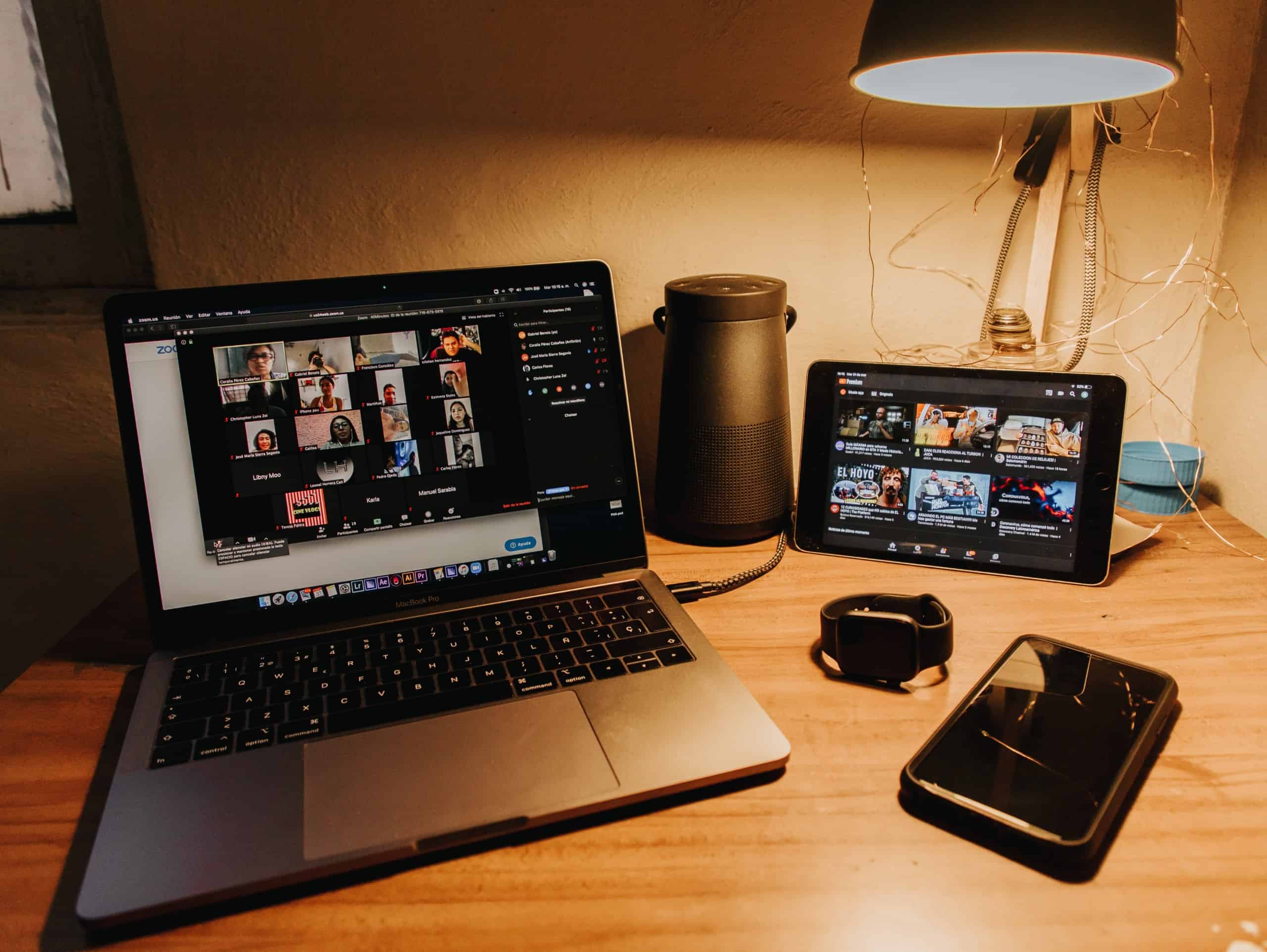We’ve always held that company culture isn’t ping pong tables or kombucha on tap, but there’s no denying that a large part of culture is physical: the space where work gets done and the artifacts that surround us all contribute to what makes an organization unique. Being more intentional about how you tend and maintain your culture virtually will help your business stay healthy regardless of where people work.
Get specific on expected behaviors
- Dedicate time to review and adjust your ways of working. Set expectations and adjust team norms with our team charter and user manuals tools. These favorites help pressure-check when and how team mates can check-in on progress, align on how decisions get made, and what kind of meeting you really need. You can even try building a team calendar to set expectations on when people are available—you’re not going to get it right immediately, but the more you practice having conversations about what you need as a team, the better you’ll get at creating new norms together.
- Get clear on what’s driving any changes in behavior. Determine whether this is due to positive factors (e.g., fewer distractions in the work day) or negative ones (e.g., people working longer hours). As a general rule, you should investigate any significant swing in metrics within your organization.
- As a leader, ask for help and ask “How can I help?” Knowing when to ask for help is a vital skill, and modeling that for your peers and team helps build psychological safety across a team. It’s critical for building a team’s learning capacity, which is more important than ever. Leaders have outsized influence, so think about how you can model both vulnerability and the need to establish boundaries.
Get in the groove
Without a change in location, it’s easy for days to blur together. To inject consistency, connection, and levity, into your team’s week:
- Establish a set of regular meetings (all hands, stand-ups, retros, 1:1, etc.) that bring the predictability that people may be missing—we’ve developed a step-by-step guide for all the essential meetings. Daily reports on business health, CEO AMAs, and other regular meetings can help keep teams informed.
- Facilitate randomly paired check-ins across your organization to create virtual run-ins and time to connect (at NOBL, we use Donut).
- Use Slackbots and automated reminders to prompt tired team members on self-care nudges, what they need to prepare for meetings, or upcoming optional rhythms they can join.
For optional events, switch up the times to give more people opportunities to attend, and encourage people to rotate responsibilities as host/organizer of each event.
Find rituals to reconnect
Rituals are a core element in spurring behavior change and making it stick. Learn the five elements of designing a successful ritual and use that as a guide for new practices.
- Run a session with your team to design new rituals. Bring themes from what you hear in your 1:1s.
- Develop an end of day or end of week ritual that team members can do individually or together:
- Establish a “check-out” word or phrase to “goodnight” yourself for the day
- Do an activity together to start/end the week (Monday Pomodoro sessions? Friday planks, anyone?) and mix it up by inviting special guests.
- Find ways to celebrate wins, milestones, birthdays and anniversaries. If you used to ring a bell in the office to celebrate a sale, send out a gif instead. Create channels to share “good news of the day” and “kudos” asynchronously.
- Designate specific days of the week to bring a sense of community and personality to your routines. Ask employees to share pictures of their office set-up, work-from-home buddies, latest life-hacks, throwback vacation pictures, funny memes—whatever feels right for your team.
- Encourage employees to explore their own personal rituals to build into their daily and weekly routines. Hold space for individuals to share and learn from each other.
Design deliberately
If your strategy has majorly pivoted, you’ll likely need changes beyond a regular game night. It’s one thing to determine how you’ll compete, but without an understanding of the culture required, that strategy will always exist in a PowerPoint, not across your people’s attitudes or behaviors. This is the time to look more deeply at the alignment between your strategy and culture with deeper discovery and design.













